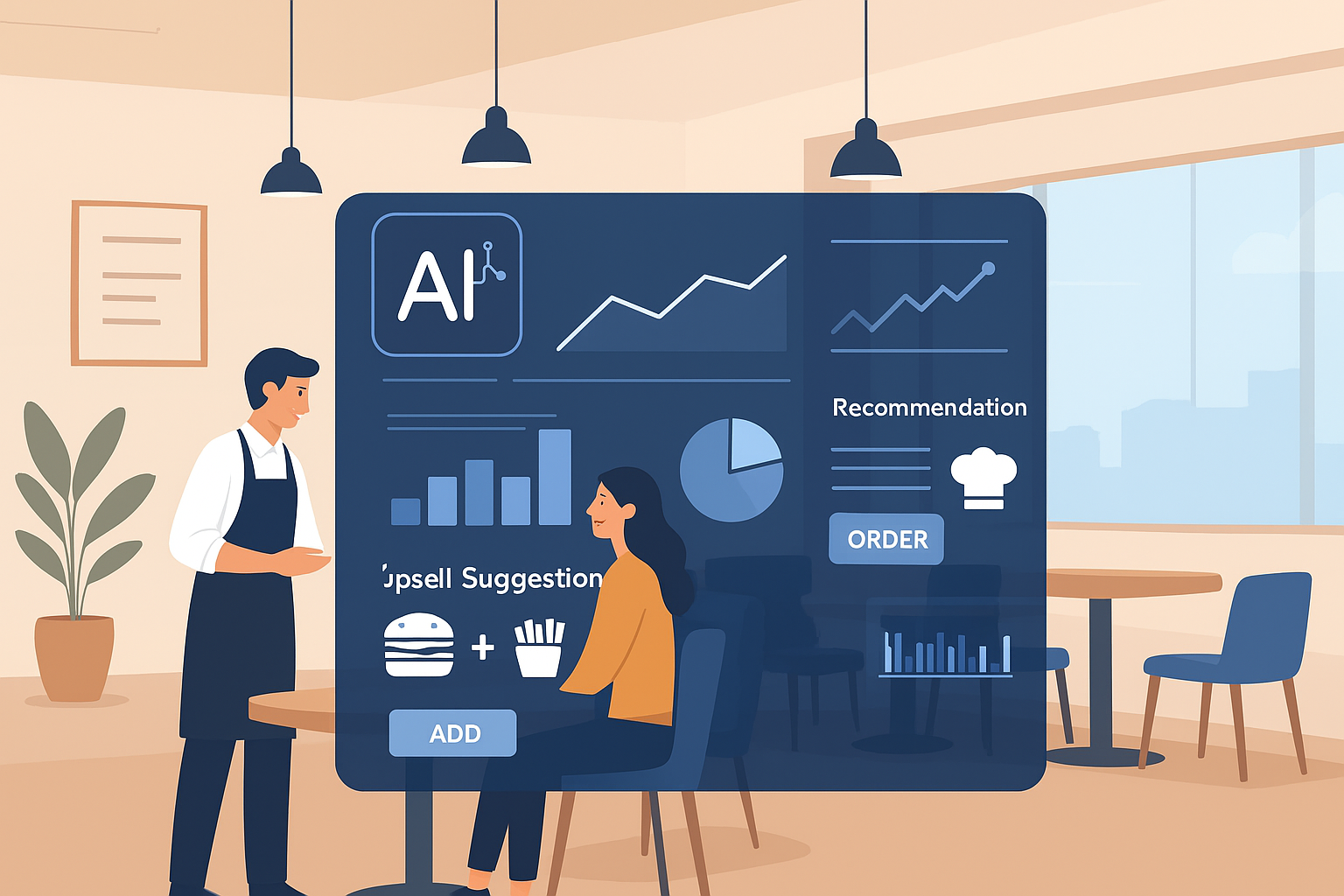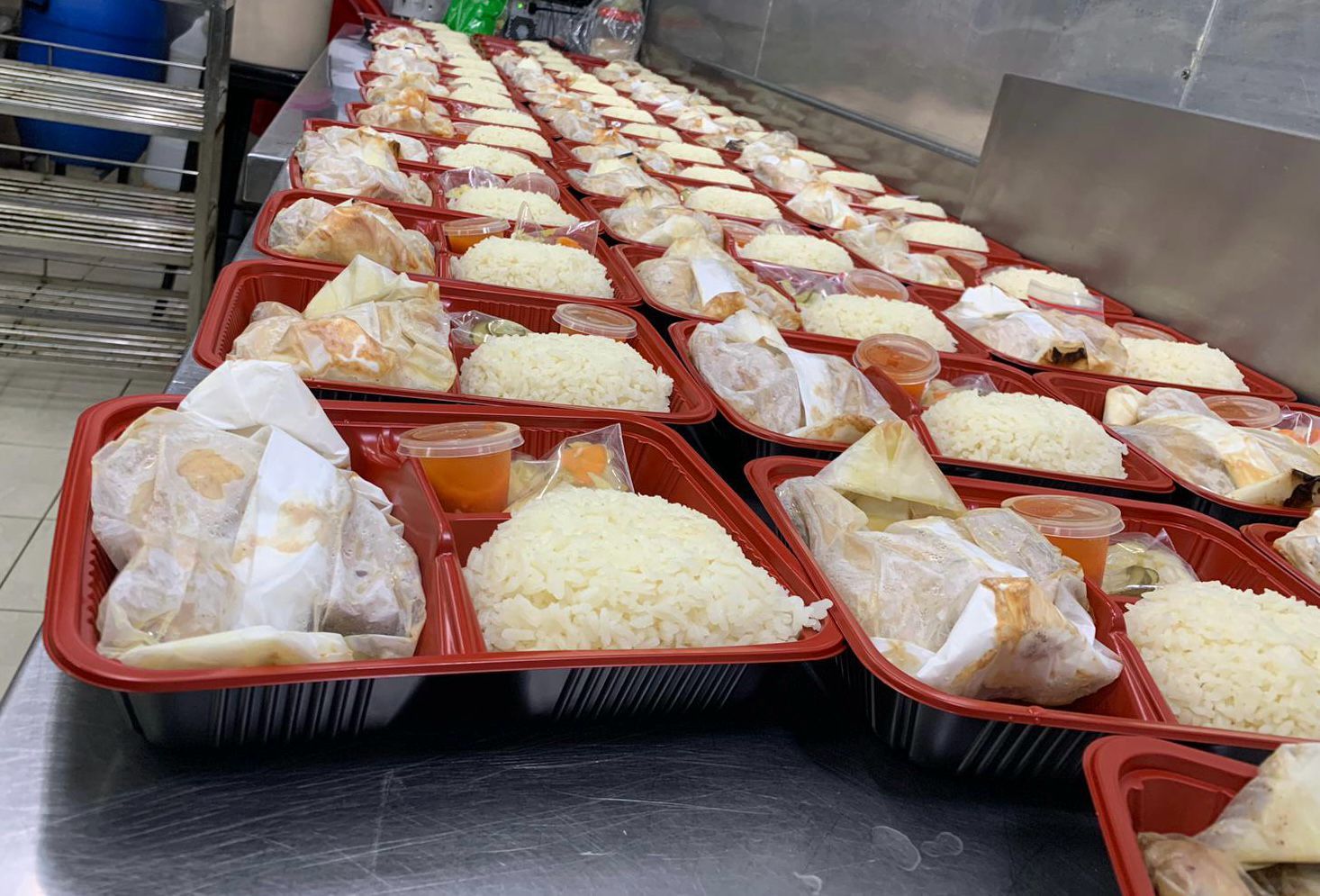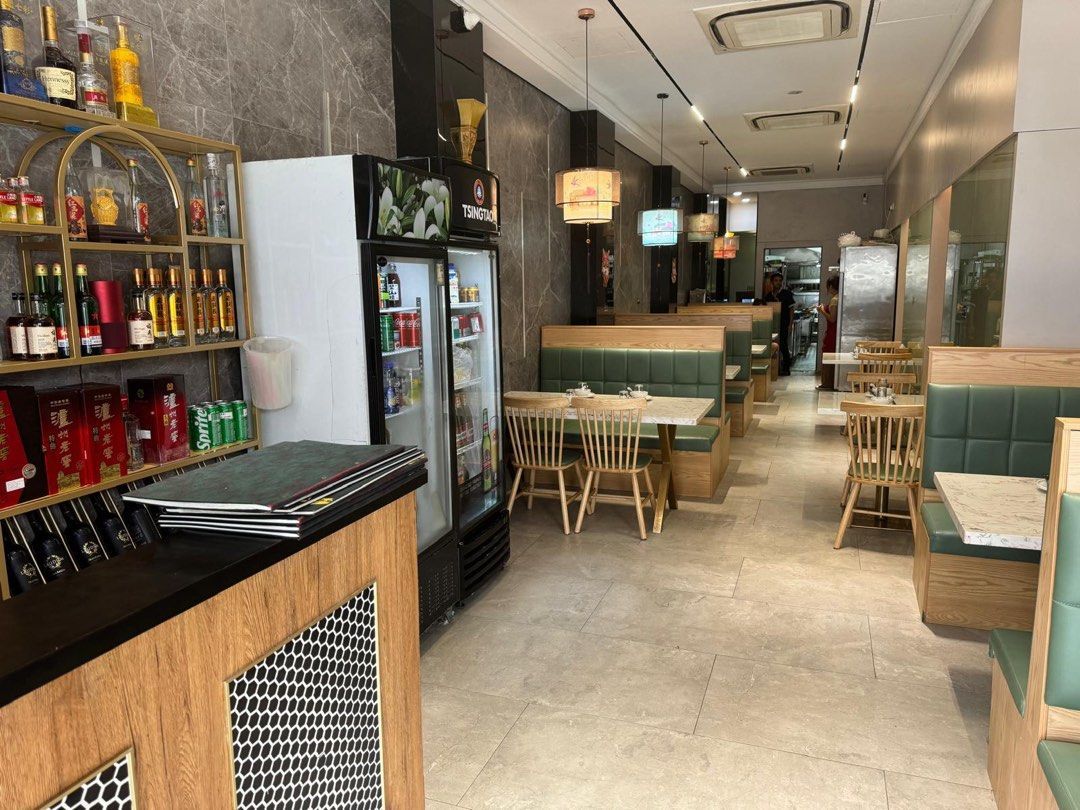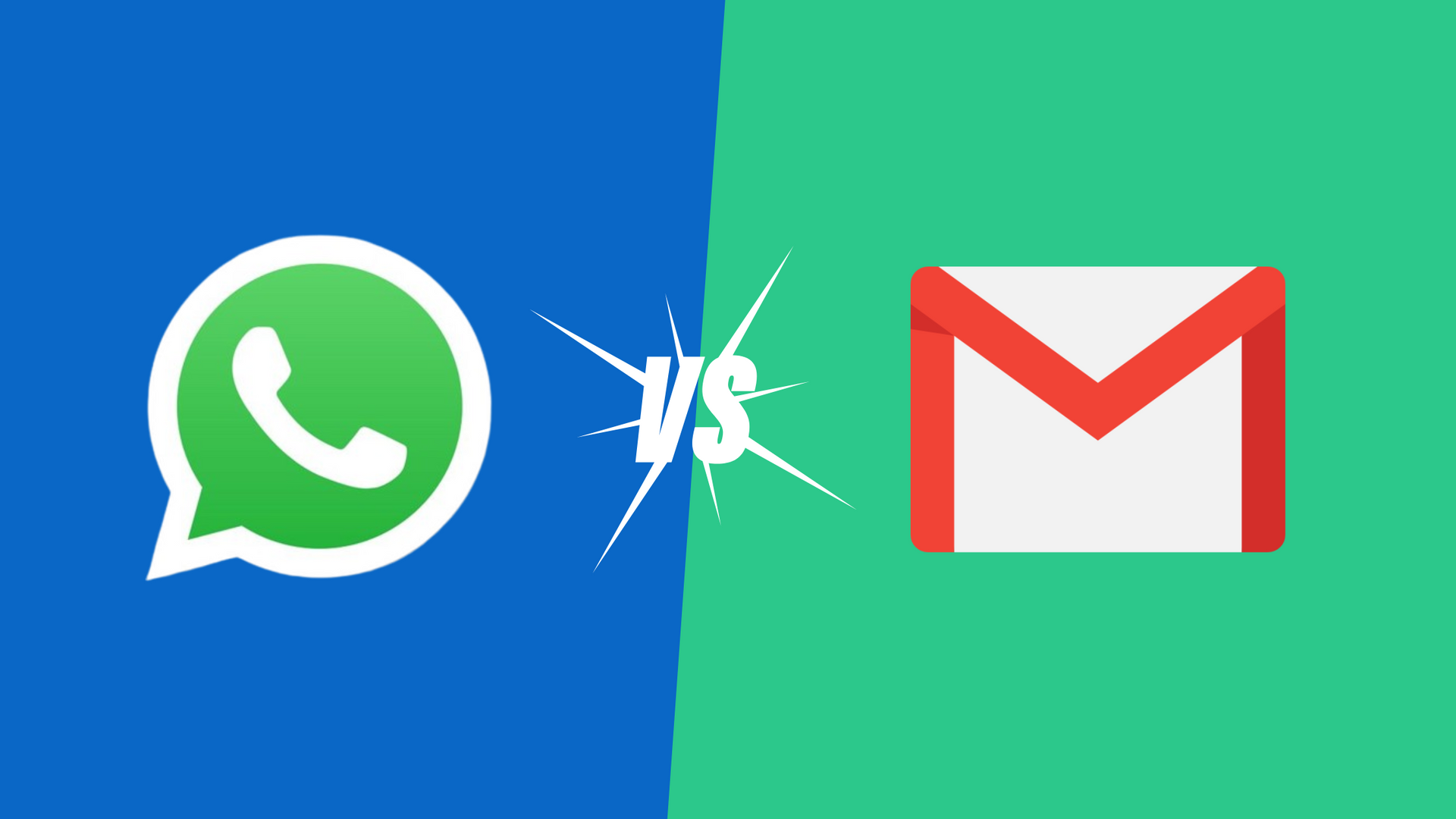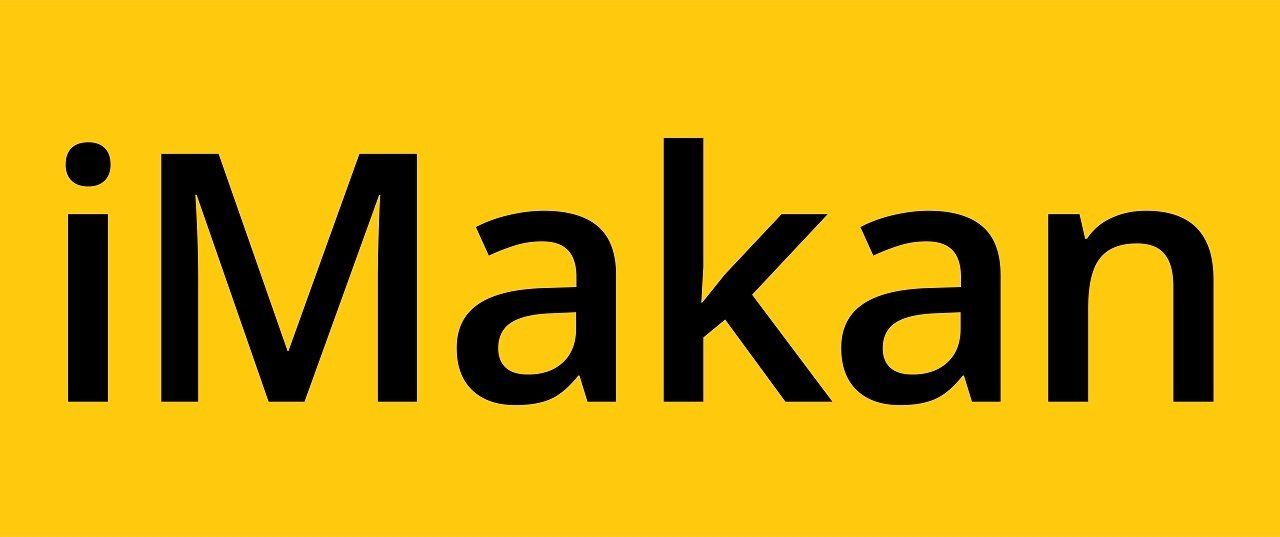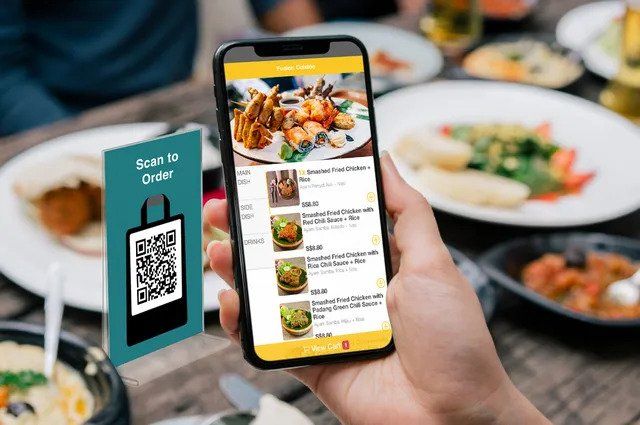
The key to having a successful restaurant business is to keep your restaurant expenses low while maximizing revenue. In these challenging times, a lean operation will also help your restaurant tough it out despite a drop in revenue.
In this article, let’s discover some ways you could reduce your restaurant’s operating expenses.
Manage your inventory well
Your restaurant stock and raw materials make up for a large portion of your restaurant’s expenses, hence, it is important to ensure that your inventory is optimised.
Make sure that you conduct stock take in regular intervals in order to quickly recognise any over stocking that leads to wastage and increased restaurant expenses, or under-stocking that results in a potential loss of revenue. This is where a good cloud based inventory management system comes into play as you will be able to view your inventory anytime and anywhere.
In times like these where there is sudden tightening and relaxing of Covid19 measures, it becomes even more crucial that you are familiar with your inventory so that you can make adjustments for your next stock in cycle to prevent over stocking.
Reduce food wastage
Food wastage does not only come from over stocking your inventory but also during food preparation. In order to reduce food wastage to a minimum your could adopt these practices in your restaurant kitchen:
- Create a preparation list for your kitchen staff which defines the food preparation best practices to avoid over preparation or wastage of materials.
- Practice the first in first out rule: Label and arrange your stocks and raw materials so that the oldest ingredients gets used first to avoid having to throw away ingredients just because they have gone bad.
- Try to cut every ingredient to its maximum potential. Many restaurants tend to discard any extra cut off ingredients or leftovers during food preparation, which is not a cost effective practise.
- Reuse any ingredients which can be reused. You could use.
Keep in mind, ingredients in the bin are equivalent to money in the bin!
Reduce food cost
While it is important to keep food wastage low, reducing the cost of your raw materials is also key to minimising your restaurant’s expenses. Without practising food cost control, you may slip into the red even without realising it.
This is where keeping tabs on your cost prices from your various suppliers is important. By using an enhanced cloud based POS system, you will be able to record your cost prices from various suppliers and even pull out reports on total costs, revenue and profits over a period of time. This is valuable data for you to be able to perform food cost control effectively for your restaurant.
It is also a good idea to constantly source for new suppliers who are able to provide low cost and good value raw materials to keep your options open.
Focus on your staff
Your team is what keeps your restaurant in operation. It is important to provide proper training for your staff and keep them in high morale, especially in difficult times, so that they will be equipped with the skills and motivation to perform at their best.
A high performing team with low employee turnover will significantly contribute to reducing your expenses on manpower.
Embrace productivity boosting technology
Technology in the F&B industry has been rapidly evolving over the years. There is a common reason behind big restaurant establishments making the move towards digital tools such as self ordering kiosks and QR ordering.
Such digital tools have empowered restaurant owners to reduce dependence on large manpower for efficiency by reducing the need for repetitive manual labour such as order taking and order entry.
With digital solutions, you can reduce your restaurant’s expenses by cutting down on labour costs and at the same time streamline your entire restaurant operations through digitalization, to help you run a lean restaurant operation, maximizing your profits.
If you are looking for digital ordering solutions like QR ordering, self ordering kiosks and online food ordering systems to boost your restaurant’s productivity and streamline your operations to reduce operating expenses, drop us your contact details below and we will be happy to arrange a free demo with you!
